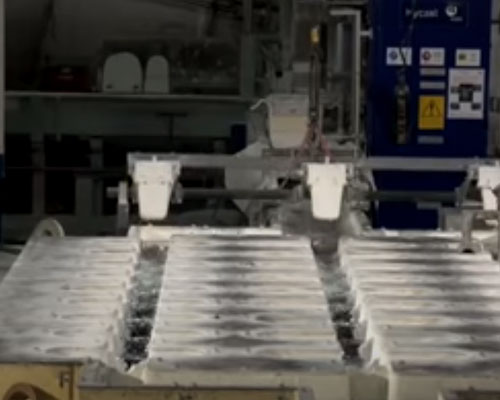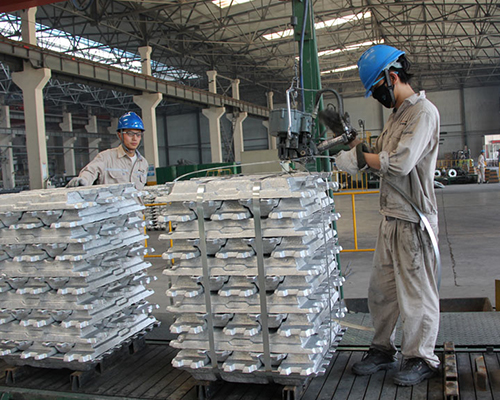Pure aluminum is relatively soft, rich in ductility, and easy to be plastically formed. Various alloying elements can be added to pure aluminum to produce aluminum alloys with various properties, functions and uses. According to the amount of alloy added and the properties of the alloy, aluminum alloys can be divided into deformable aluminum alloy and aluminum casting alloys.
In the deformable aluminum alloy, the content of alloying elements is relatively low. According to its composition and performance characteristics, deformed aluminum alloys can be divided into two categories: non-heat-treatable strengthened aluminum alloys and heat-treatable strengthened aluminum alloys. Aluminum alloy can significantly improve mechanical properties through heat treatment. When the aluminum alloy is heated, it can form a single-phase solid solution structure, which has good plasticity and is suitable for pressure processing.
The main difference between cast aluminum alloy and deformed aluminum alloy is that the element silicon in cast aluminum alloy is the largest, and the content exceeds the silicon content in most wrought aluminum alloys. In addition to the strengthening elements, the cast aluminum alloy must also contain a sufficient amount of eutectic elements (usually silicon) so that the alloy has considerable fluidity and is easy to fill the shrinkage joints of the casting.

Cast aluminum alloy has a low melting point and good fluidity, which is suitable for casting. Cast aluminum alloys can be divided into four types: Al-Si series, Al-Cu series, Al-Mg series, and Al-Zn series. Among them, aluminum-silicon is the most widely used.
Aluminum-silicon casting alloy has good casting performance and low density. It is often used to manufacture parts with complex shapes that require light weight, such as instrument casings and other thin-walled parts. In order to further increase the strength of the aluminum-silicon alloy, copper, magnesium, and other elements can be added to increase the strength through quenching and aging.
Aluminum-copper alloys have higher heat resistance, but poor castability and corrosion resistance. It can be used for castings with simple shapes that work below 300°C, such as internal combustion engine cylinder heads, pistons, etc.
Aluminum-magnesium alloys have high strength and plasticity, and have good corrosion resistance, but poor castability. It is often used for parts that bear high loads and require high corrosion resistance, but are not too complex in shape, such as parts of airplanes and ships.
The aluminum-zinc alloy has good casting performance and high strength, but has poor corrosion resistance and high hot cracking tendency. It needs modification treatment and is suitable for pressure casting. Commonly used in automobile, aircraft parts, medical machinery and instrument parts, etc.

